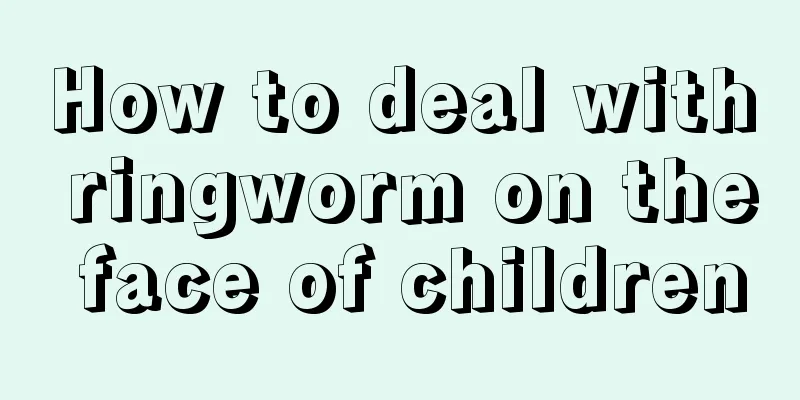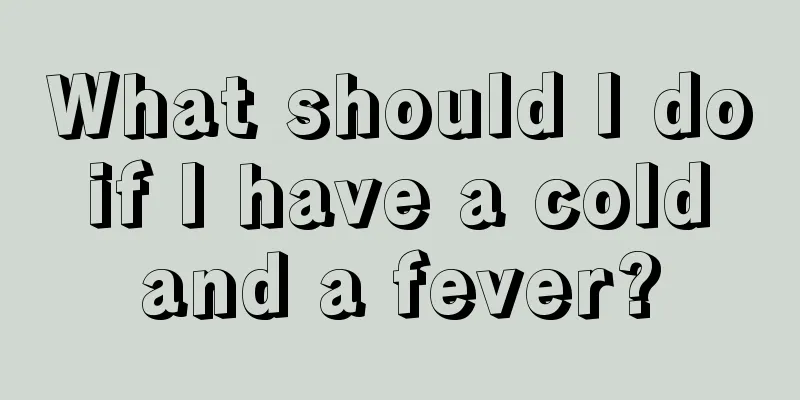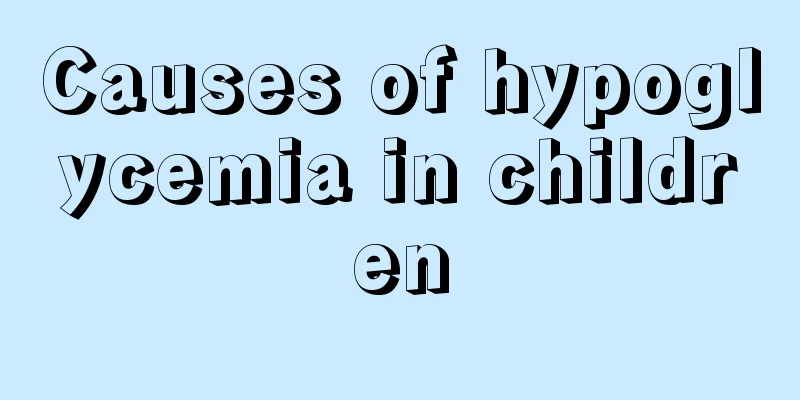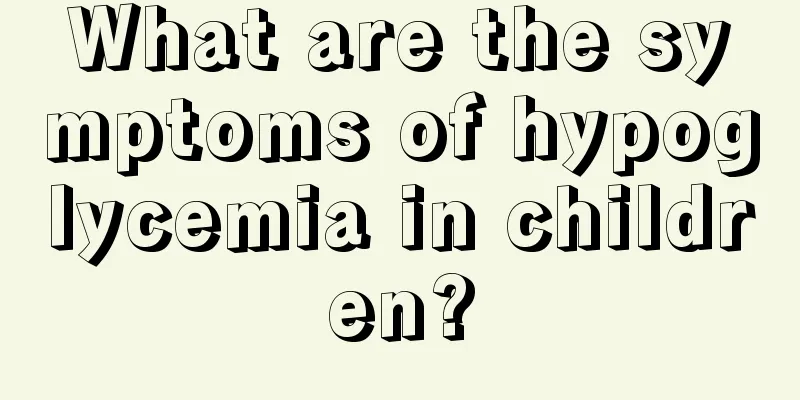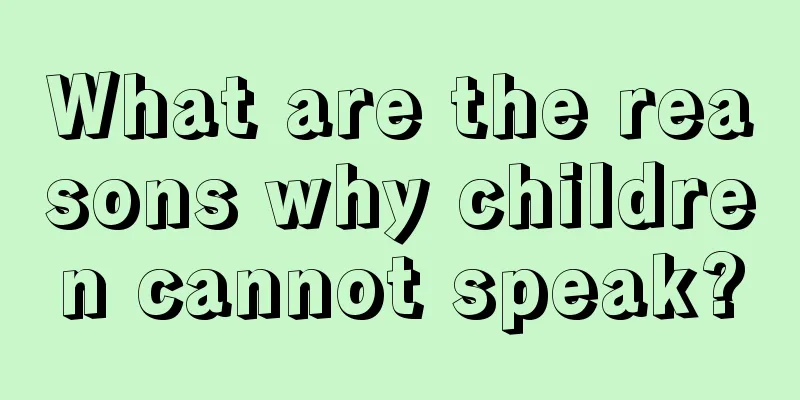What is the cause of the red bloodshot eyes?
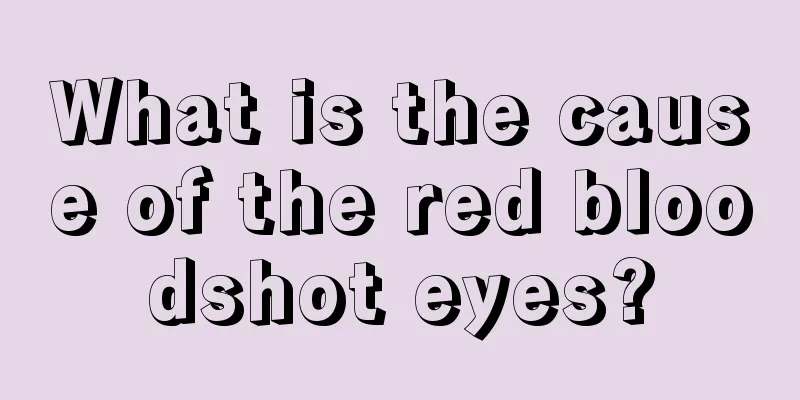
|
Everyone knows that eyes are the windows to the soul, and problems with the eyes are the most obvious. Children always get sick because their body resistance is not as good as adults. For example, some children have red bloodshot eyes, which makes some parents very anxious because they don’t know what is going on and it is difficult to treat. So, what is the reason for the red bloodshot eyes in children? Let’s find out together. Red bloodshot eyes in children often indicate allergic conjunctivitis or infectious conjunctivitis. Allergic conjunctivitis, also known as allergic conjunctivitis, is a hypersensitivity reaction of the conjunctiva to external allergens. It mainly includes type I allergic reaction and type IV allergic reaction, among which allergic conjunctivitis caused by type I allergic reaction is the most common. Allergic conjunctivitis caused by type I allergic reaction is rapid-onset, mainly referring to allergic conjunctivitis including seasonal allergic conjunctivitis, perennial allergic conjunctivitis, giant papillary conjunctivitis, vernal keratoconjunctivitis, atopic keratoconjunctivitis, etc.; allergic conjunctivitis caused by type IV allergic reaction is delayed-onset, mainly including vesicular conjunctivitis. The purpose of treatment is to alleviate clinical symptoms and avoid sequelae, while attention should be paid to avoiding the occurrence of iatrogenic complications. 1. General treatment Allergen avoidance is the most ideal and effective treatment. Contact with possible allergens should be avoided as much as possible. For example, remove rags and blankets from the room, pay attention to bed hygiene, use pesticides to eliminate insect mites in the room, avoid contact with grass, tree flowers, etc. during the pollen transmission season, stop wearing or replace high-quality contact lenses and care solutions. Applying cold compresses to the eyelids may provide temporary relief. 2. Medication (1) Antihistamines Antihistamines are usually used topically. Commonly used eye drops include 0.1% Emedastine, 0.05% Levocabastine, 0.1% Olopatadine and 0.5% Ketorolac. If there are extraocular symptoms, oral medications can be used, but their effect is not as good as topical medications. Commonly used oral medications include diphenhydramine, chlorpheniramine, promethazine, etc. The combined use of antihistamines and vasoconstrictors, such as Runjianasol, can often achieve better therapeutic effects. (2) Commonly used mast cell stabilizers include disodium chromoglycate and nedocromil. Although mast cell stabilizers are less effective than antihistamines overall, they appear to be more effective in suppressing tearing. Best used before exposure to allergens. (3) Nonsteroidal anti-inflammatory drugs can be used in both the acute and intermittent stages of allergic diseases. They have shown certain therapeutic effects in relieving eye symptoms and signs such as itchy eyes, conjunctival congestion, and tearing. They can also reduce the dosage of hormones. Commonly used drugs include indomethacin (diclofenac sodium) and aspirin. (4) Commonly used drugs for topical use of vasoconstrictors include epinephrine naphazoline, oxymetazoline, tetrahydrozoline, etc., which can improve eye discomfort and reduce ocular surface congestion. (5) Glucocorticoids should only be used when other drugs are ineffective in treating severe allergic conjunctivitis, and should not be used for too long to avoid complications such as cataracts, glaucoma virus infection, fungal infection, and delayed corneal epithelial healing. Commonly used ones include dexamethasone, betamethasone and fluorometholone. (6) The main immunosuppressants include cyclosporine A and FK506. For some severe cases of vernal keratoconjunctivitis that require the use of hormones, topical application of 2% cyclosporine A can quickly control local inflammation and reduce the amount of hormones used. However, relapse is common after medication discontinuation. 3. Desensitization treatment This method is mainly used for seasonal allergic conjunctivitis. Its therapeutic effect is often not ideal for other subtypes of allergic conjunctivitis, so it is rarely used. 4. Cryotherapy This method is mainly used for vernal keratoconjunctivitis. Cryotherapy is often used on the upper eyelid conjunctiva, lowering the temperature to -80°C to -30°C for 30 seconds. Cryotherapy can be repeated 2 to 3 times. 5. Psychotherapy Ocular allergic disease is an acute or chronic recurrent disease, and it is often very difficult to completely cure it. Therefore, it causes great psychological pressure on some patients. In particular, some children with vernal keratoconjunctivitis may have certain psychological disorders and should be paid attention to. We have listed above what causes red bloodshot eyes in children. At the same time, I also want to tell everyone that when children are sick, parents must not be anxious and lose their composure. Stay calm and find the cause of the disease to help your child recover faster. If the disease is serious, you must go to the hospital in time and follow the doctor's instructions for better recovery. |
<<: Causes of indigestion and vomiting in children
>>: What is the cause of the baby's bubble poop?
Recommend
Three-month-old baby girl's development indicators
I don’t know if you are aware of the developmenta...
What foods are good for peptic ulcer?
Nowadays, no matter you are a student or an offic...
What to do if red bumps appear on baby's legs
Every baby is a little angel of his parents. Ever...
What should I do if my two-month-old baby is always retching?
The baby's body is not fully developed when i...
Why do children have blisters on their skin?
When blisters appear on children's skin, pare...
What causes teeth grinding in children?
Teeth grinding in young children is actually a ve...
What are the symptoms of cervical spondylosis in children?
With the accelerated pace of life, many young peo...
Reasons why baby has a persistent high fever
Every baby's parents hope that their child ca...
What are the reasons why babies cry before going to sleep?
It is very common for babies to cry before going ...
What should babies of different ages eat if they are zinc deficient?
There is a lot of zinc supplementation for babies...
Why is the baby easily startled when sleeping?
Many mothers report that their babies are too tim...
What is the incidence of childhood cancer?
Tumors may occur in any part of the human body. W...
What causes red bumps on children’s bodies?
Recently, some parents have reported that they ha...
What to do if teenagers have trouble falling asleep
Nowadays, many teenagers have difficulty falling ...
What to do if your child coughs after eating ice cream
Ice cream is sweet, delicious, and thirst-quenchi...
